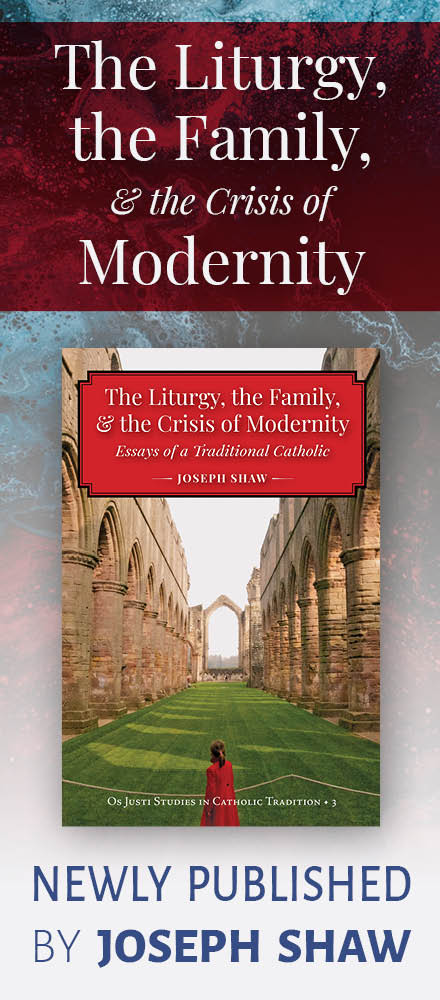Ignazio Ingrao, religion journalist of the Italian weekly Panorama, has the following aticle in this weeks Panorama (NLM translation):
Good-bye Happening Masses - The Pope Limits Concelebrations
No more Happening Masses: the Pope wants to put a brake on large concelebrations with hundreds of priests, often far from the altar, as we are now accustomed in the World Youth Days and papal travels. Benedict XVI has entrusted to the Congregation for Divine Worship the task of preparing, if necessary, an instruction.
The concelebrations will be limited to specific circumstances and with a reduced number of priests around the altar. It is the Constitution Sacrosanctum Concilium which determines the cases in which the faculty to concelebrate is admitted. "We must return to the original meaning of concelebration, which is a sign of unity of priests" explains Monsignor Nicola Bux, a lecturer at the Apulian theological Faculty.
While it is of course impossible to know how accurate this report is, and what will come of this in the end, readers may remember that the Holy Father and Msgr. Guido Marini had publicly voiced concerns over large concelebrations before, as mentioned on the NLM here and here.




















